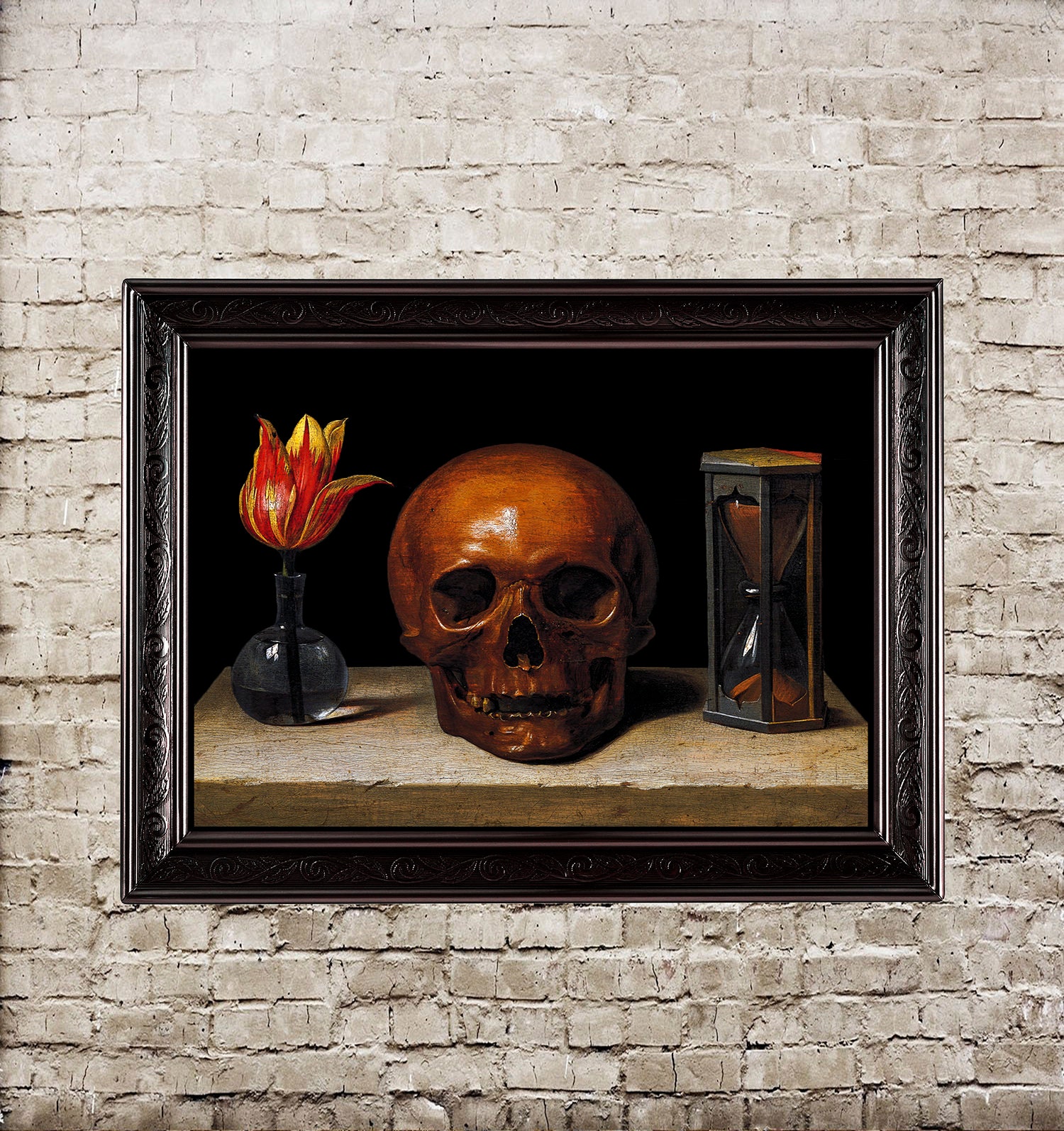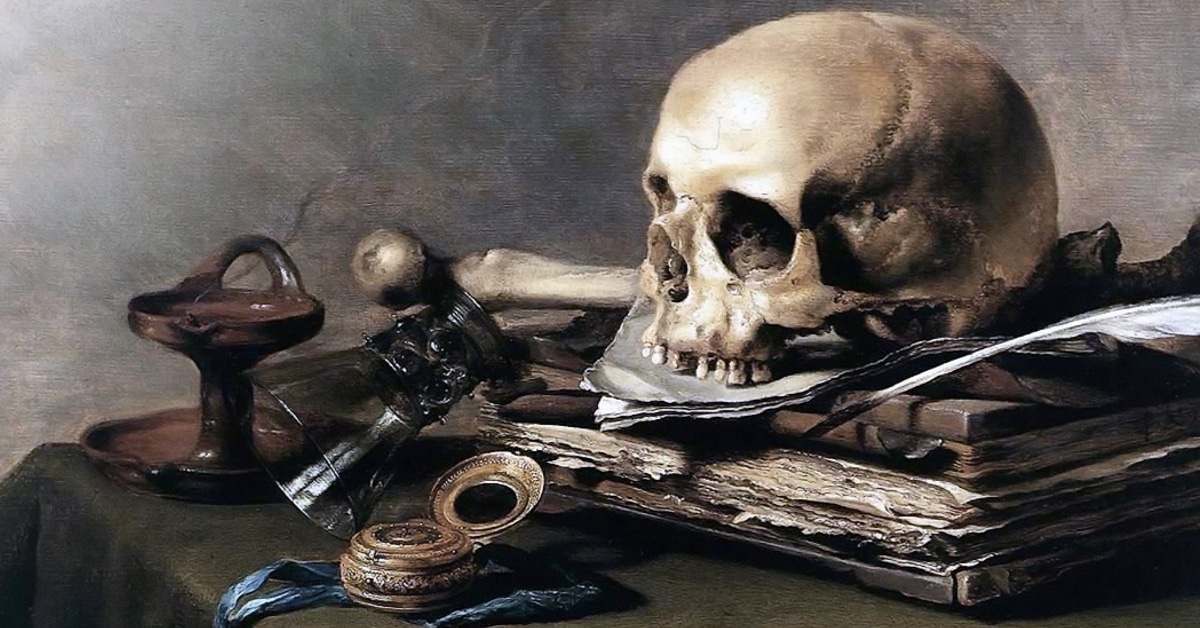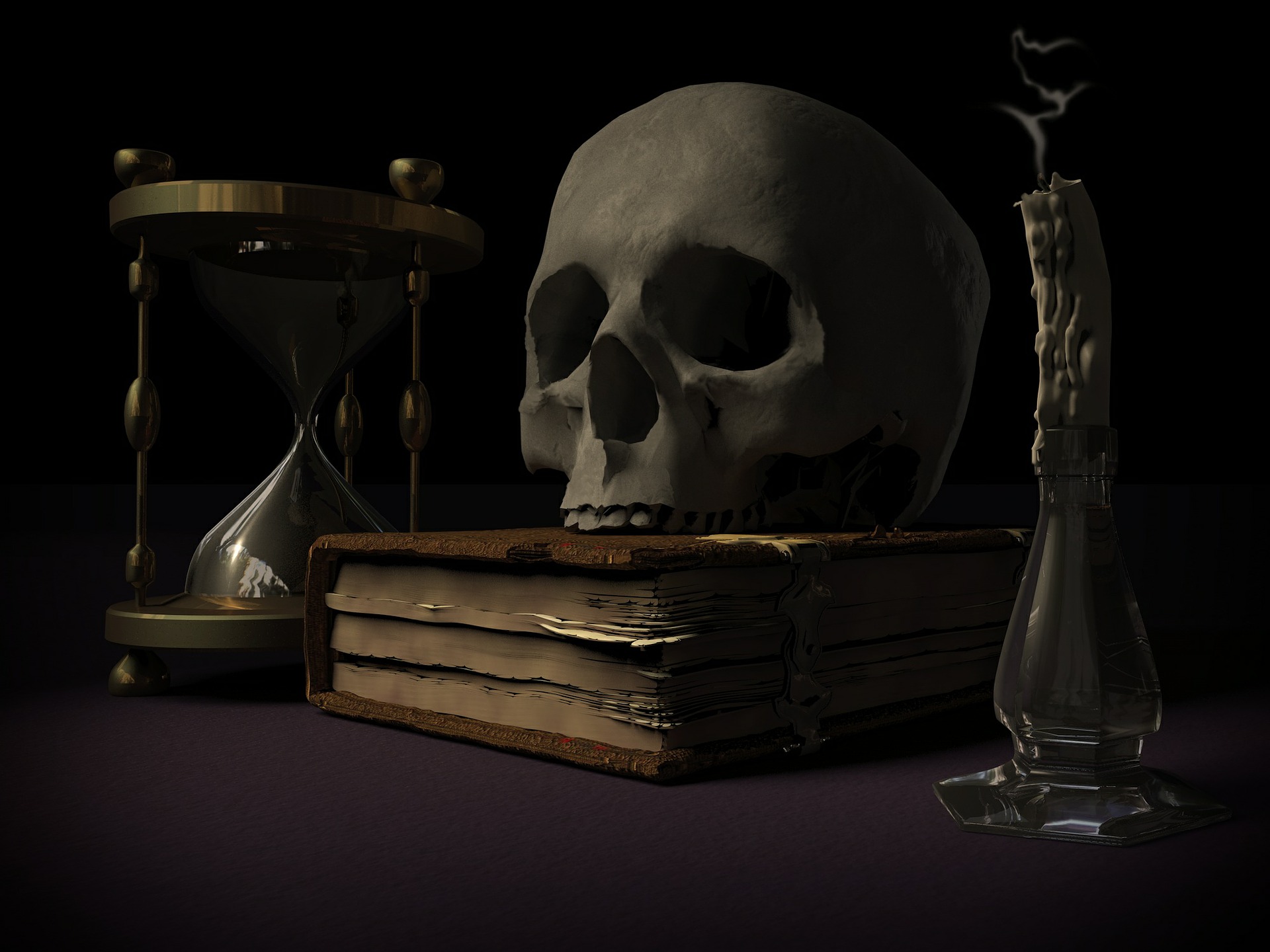

Calvary, being the “Place of the Skull,” was filled with human detritus. As well as being a reminder in itself, there was always the link between it and the crucifixion of Christ.

For those who chose not to see the more subtle message, there was everything from full-size sculptures of decomposing people to rosary beads with a happy human face on one side and a skull on the other.
#Art memento mori full#
The wall of affluent dining rooms would be adorned with images of rotten fruit and insects, or artfully placed skulls next to flowers in full bloom. Many a meal would have had a less digestible dimension.

They were to show the vanity of human lives and were not for fun. Painters included them in “Vanitas” paintings. Memento mori were a more serious business during their Renaissance heyday. The ghastliest memento mori were found during the Renaissance They can now be found in outlets such as British Museum gift shops, where I last saw them being marketed as Christmas decorations. Masked people and colorful skeletons have spread around the world. Perhaps the jolliest and now the most commercialized Christian memento mori are products of the Mexican Day of the Dead. The fun that carvers could have representing skulls, in particular, suggests a lighthearted approach to death that was less common in Christendom. It also became popular in Japan, where the most darkly humorous images emerged.

Some forms of Buddhism embrace the subject matter, especially in Tibet. Memento mori became very much a Christian device, although other faiths have shared the concept. It was better to have objects that could be carried around without the covetability of saintly relics.Ĭhristianity is not the only faith to embrace memento mori Most of the faithful have over the centuries settled for more convenient memento mori. Part of the power of relics is that they are more than a reminder of a holy person’s life, they are also the physical essence. They take the form of paintings, sculptures, larger-than-lifesize replicas, or real human remains put on display. The most popular inspiration is a skull or a complete skeleton. All forms of two-dimensional, traditional, and non-conventional art media (e.g., digital and film photography, video, oil painting, watercolor, acrylic, mixed media, collage, drawing media such as graphite, charcoal, pencils, pen and ink, arts and crafts, etc.) are welcome for submission.The range of memento mori is astonishing. Memento Mori is an international juried group exhibition open to artists ages 18 and older. Show us, what makes life worth living, and how does one cope with the inevitability of death? Memento mori can be a powerful reminder of the fleeting nature of our presence, a source of comfort and inspiration, and a reminder that demise is a natural part of life and that we should make the most of our time on this mortal coil. The Latin phrase “memento mori” means “remember that you will die.” Vanitas is a notable example, juxtaposing symbols such as skulls, wilting flowers, and wealth to represent the transience of life, the futility of pleasure, and the certainty of death. Memento Mori is an exhibition that focuses on the themes of life and death. International Submission Deadline: July 15th, 2023 11:59 PM PST


 0 kommentar(er)
0 kommentar(er)
